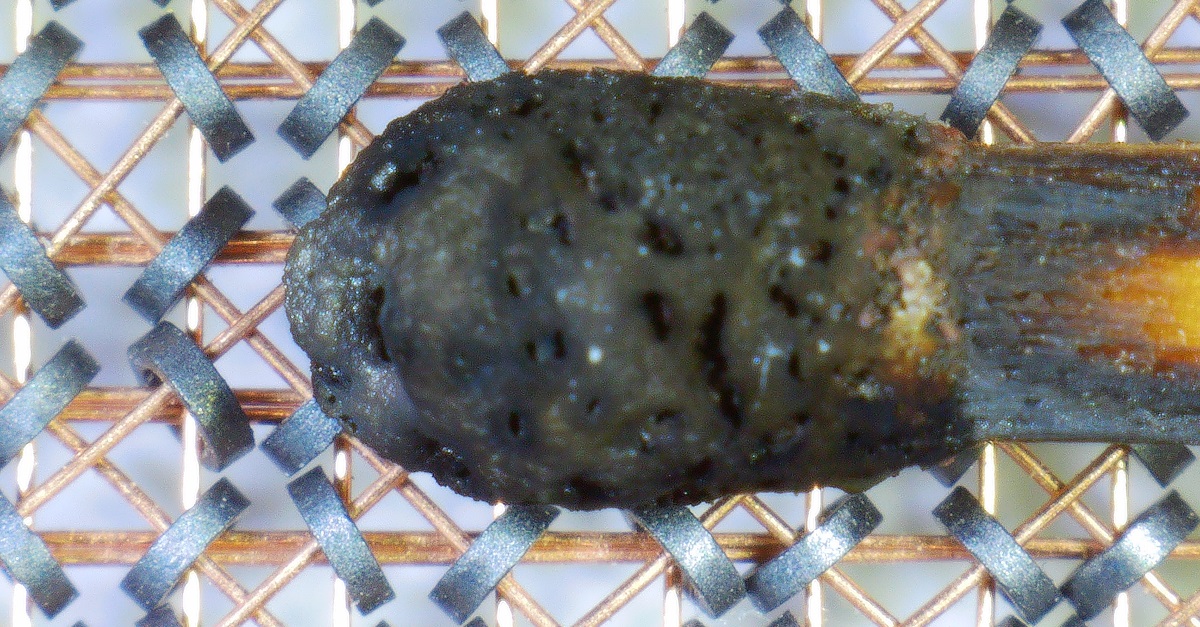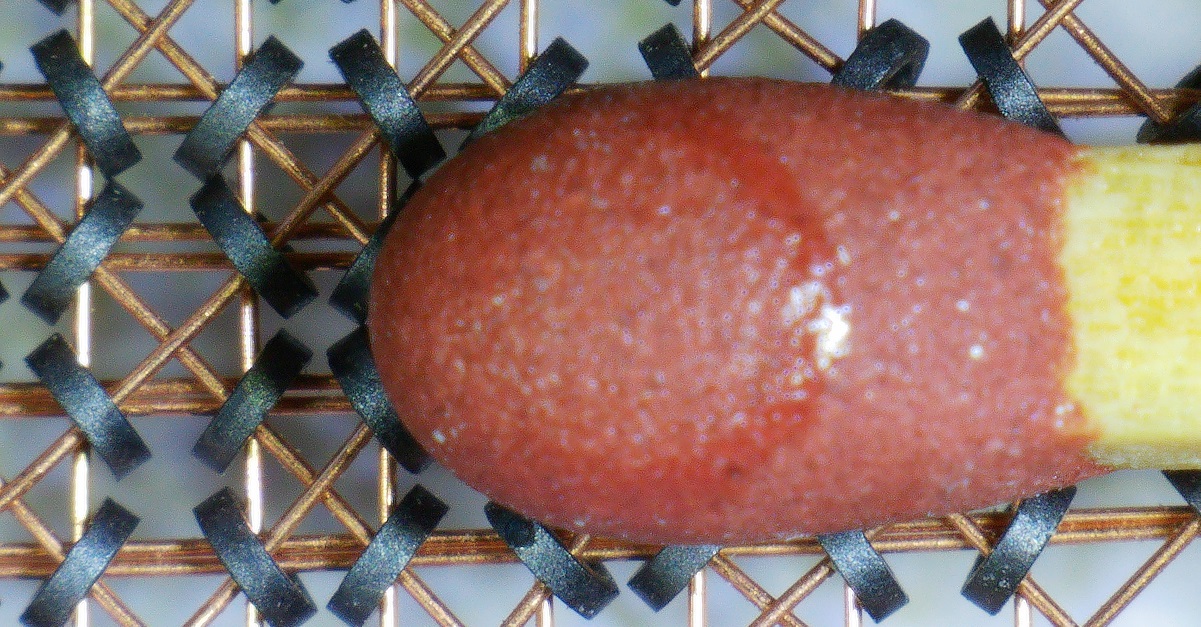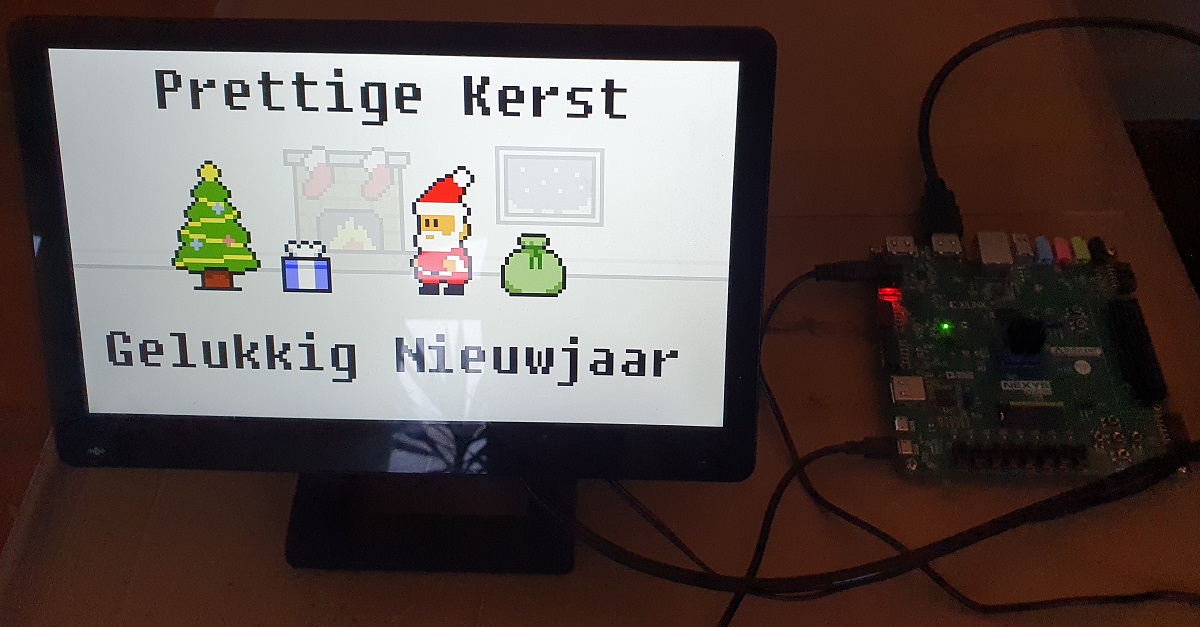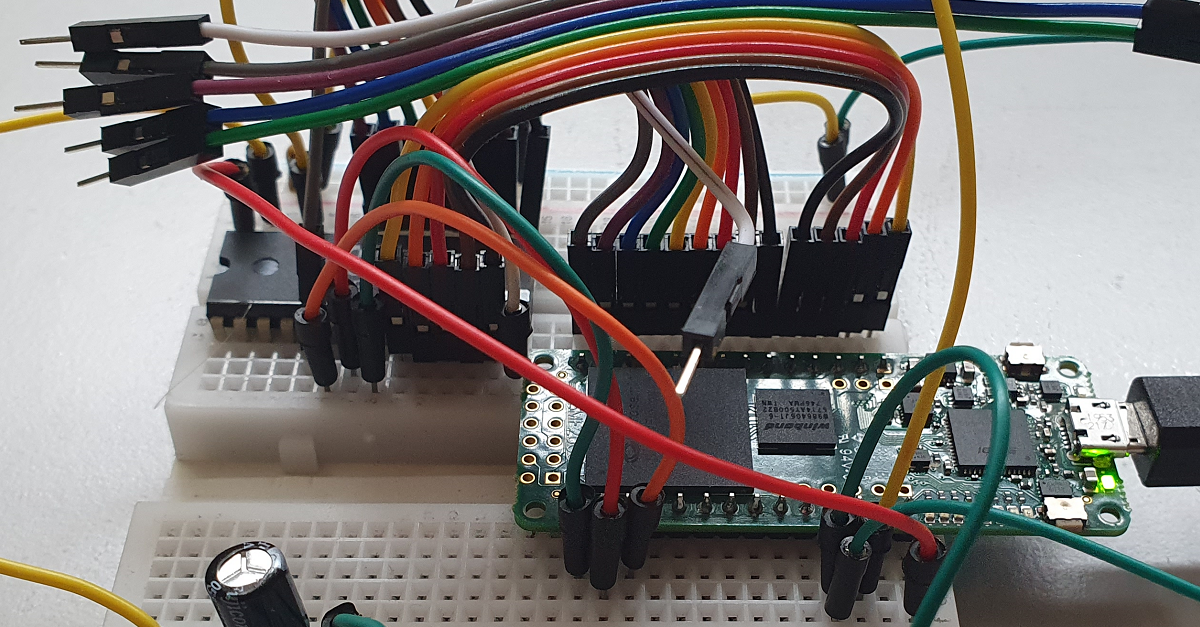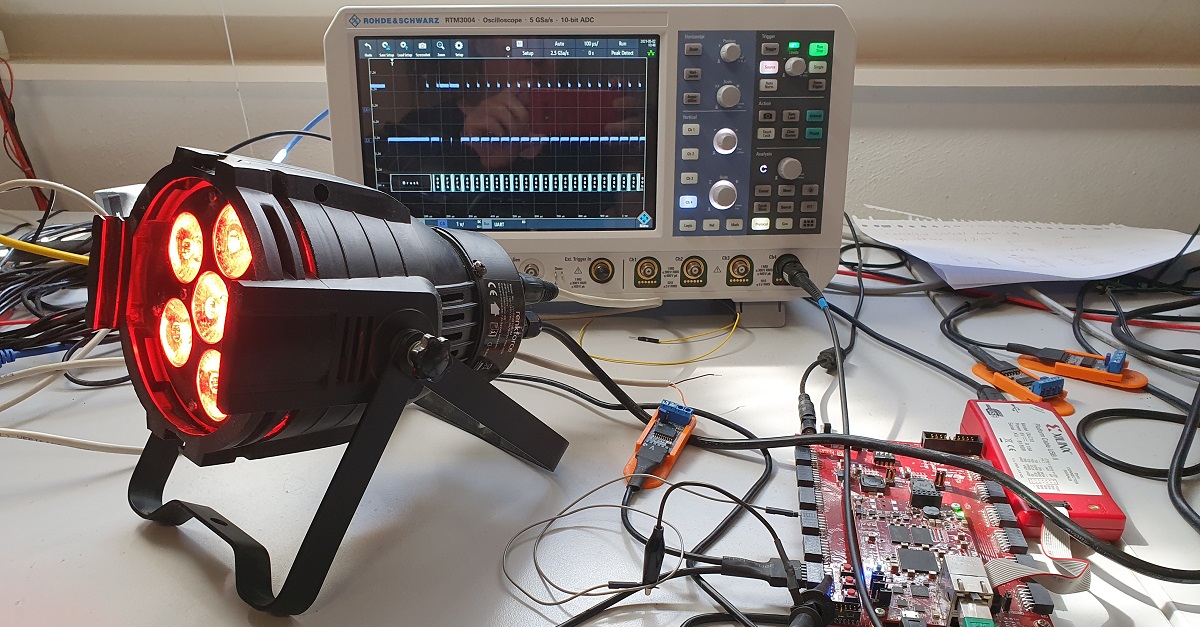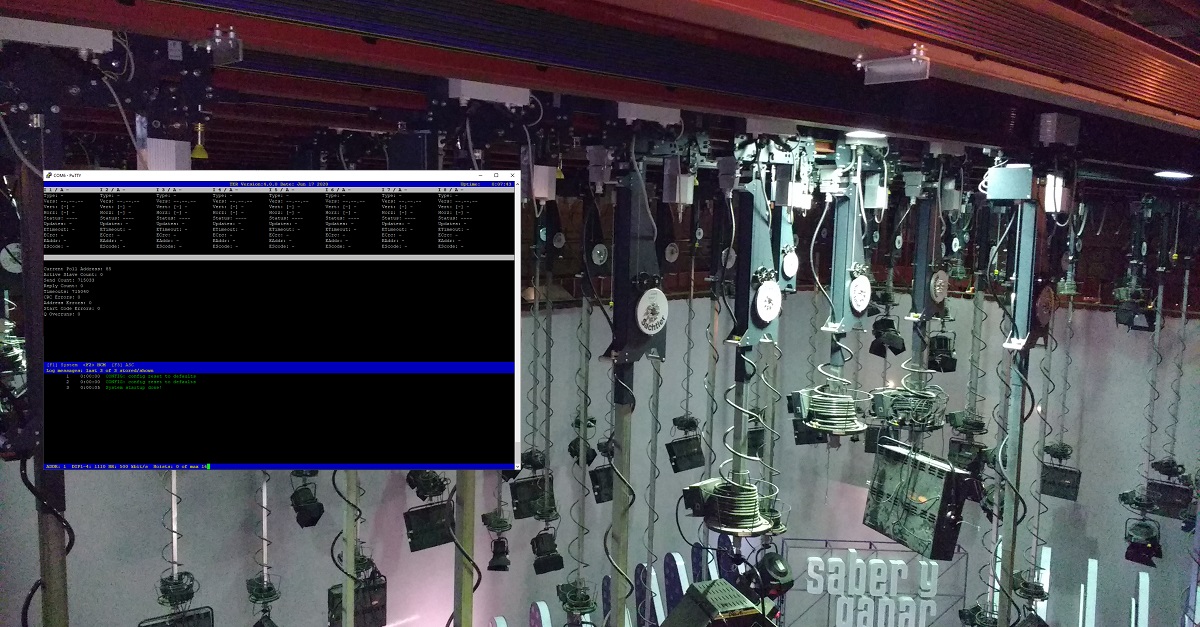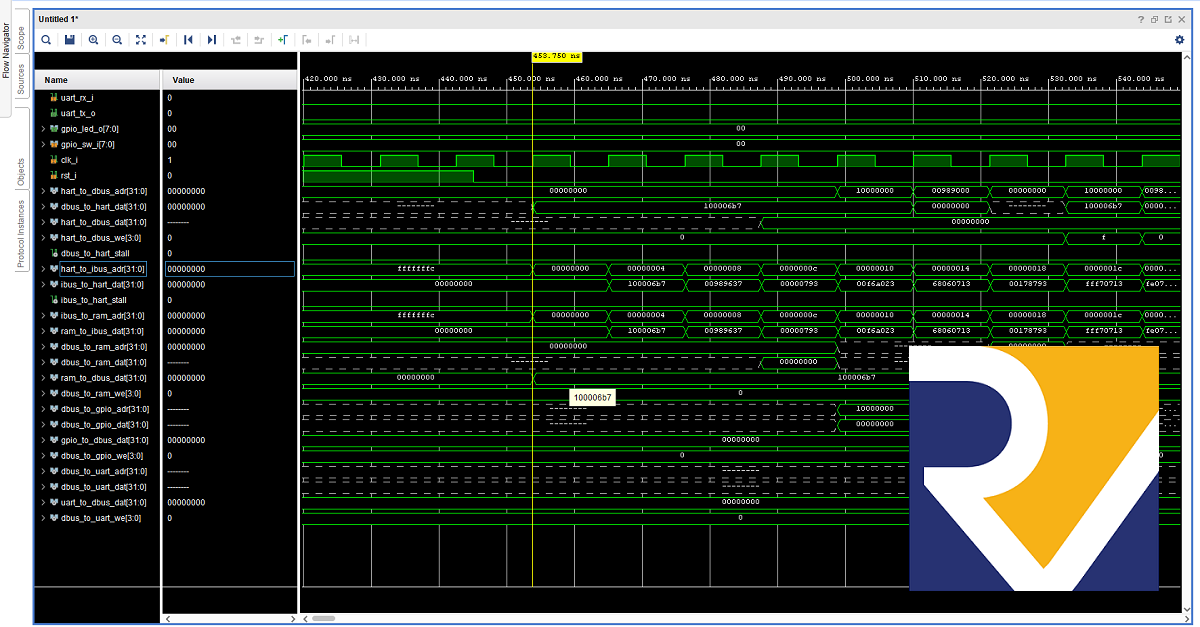Lenovo W530 Battery Upgrade
Not just washing green
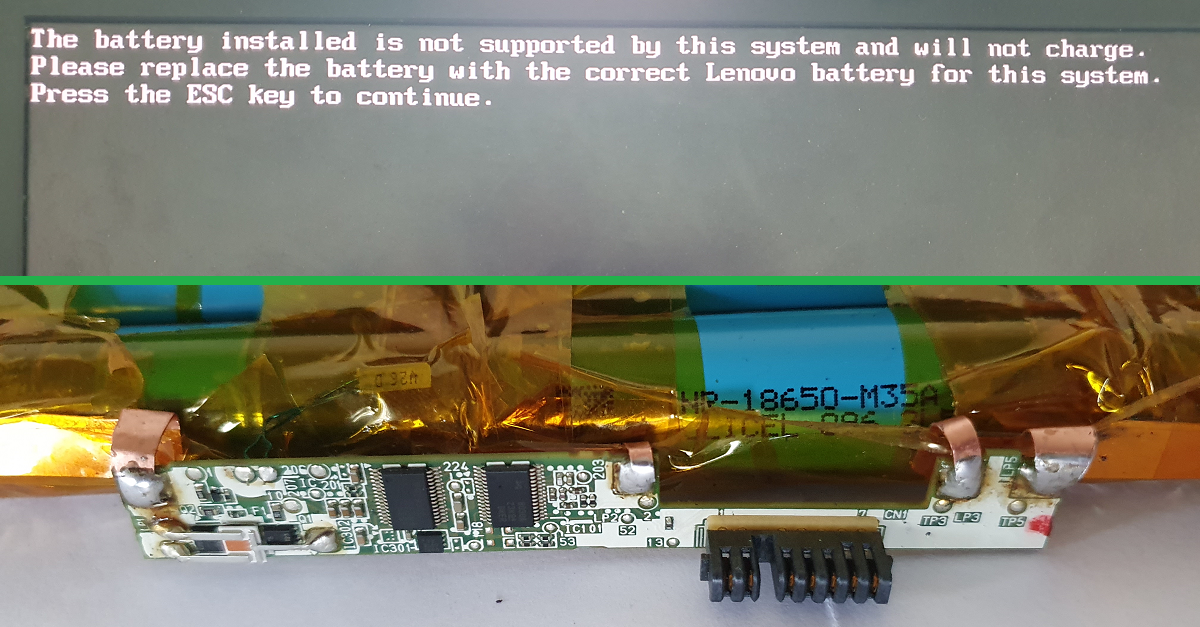
So the battery of my almost brand new (ok it is from 2012) Lenovo W530 lasted about 2 minutes when not plugged into mains power. Since the laptop is still OK I bought a replacement battery that fitted fine but the laptop greeted me with the following BIOS message.
Of course that is purely to protect me, because nobody else can make batteries like Lenovo. It has of course nothing to do with the fact that 3rd party batteries cost about 40euro and the Lenovo way over 100euro.
[Read More]


